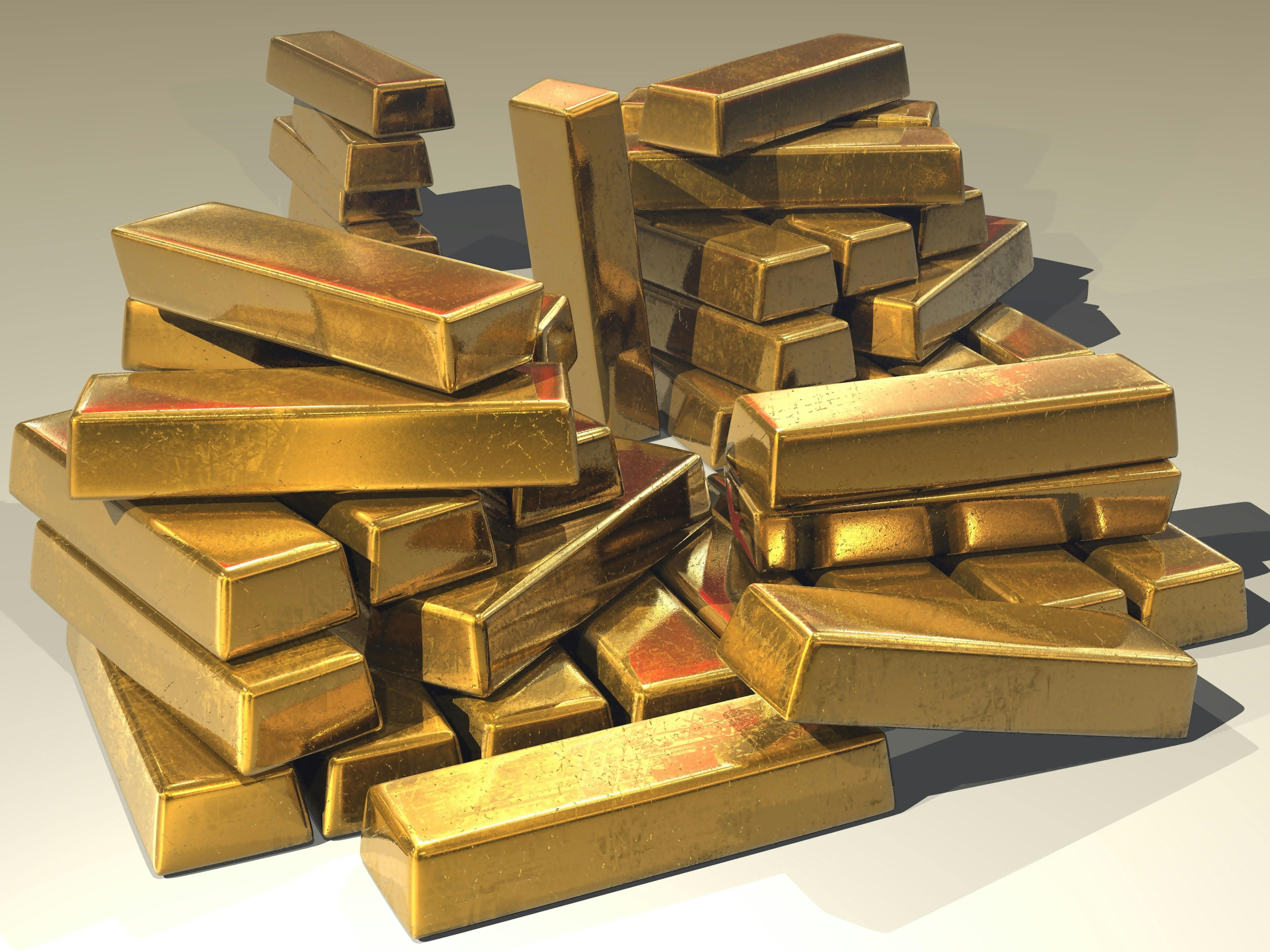Golds Golden Moment: The Intersection Of Rate Hikes, Debt, And Safe Haven Demand

Gold is once again shining brightly in the financial markets, driven by a combination of rising interest rates, mounting global debt, and an increasing demand for safe-haven assets. As economic uncertainty persists, gold has seen a significant surge in value, attracting investors who are seeking stability amid turbulent conditions. This article explores the factors contributing to gold’s current performance, focusing on its role as a safe haven, the impact of central bank rate hikes, and the implications of rising global debt.
Understanding the Safe Haven Appeal
Gold has long been regarded as a reliable store of value, particularly during times of economic instability. Throughout history, gold has served as a refuge for investors during periods of financial turmoil, offering a sense of security when other assets, such as stocks and bonds, become volatile.
The appeal of gold as a safe haven is rooted in both psychological and economic factors. Psychologically, gold’s tangible nature and historical significance as a form of currency make it a trusted asset. Investors often turn to gold when they fear inflation, currency devaluation, or geopolitical risks, viewing it as a stable and reliable store of value. Economically, gold is seen as a hedge against inflation and a protector of wealth, especially when fiat currencies are under pressure.
In times of crisis, such as during the 2008 financial meltdown or the COVID-19 pandemic, gold’s value tends to rise as investors flock to it to preserve their capital. The current economic environment, characterized by uncertainty around interest rates, inflation, and debt, is no different. Gold’s safe haven appeal is stronger than ever, making it a focal point for investors looking to safeguard their portfolios.
Rate Hikes and Investor Sentiment
Central banks around the world use interest rate hikes as a tool to control inflation and stabilize their economies. Typically, when interest rates rise, the yield on bonds and other interest-bearing assets increases, making them more attractive to investors compared to gold, which does not generate income. However, the current economic conditions are creating a unique scenario where gold is gaining despite the rate hikes.
The Federal Reserve and other central banks have signaled their intent to continue raising rates to combat persistent inflation. This has created significant uncertainty in the markets, as investors weigh the potential for higher interest rates against the risks of slowing economic growth and rising debt levels. While higher rates usually lead to a stronger currency and lower gold prices, the current environment is different because the language used by central banks in their communications is causing concern.
Central banks are now more cautious in their statements, acknowledging the delicate balance between curbing inflation and avoiding a recession. This cautious approach has led to volatility in the markets, with investors increasingly turning to gold as a hedge against the potential downside risks associated with aggressive rate hikes. The anticipation of future rate increases, coupled with the uncertainty surrounding their impact on the economy, has fueled demand for gold, pushing its prices higher.
The Growing Debt Crisis
Another critical factor driving gold’s current performance is the rising levels of global debt. Over the past decade, debt levels have soared, fueled by economic stimulus measures, low interest rates, and increased borrowing by governments, corporations, and consumers.
Global debt is now at record levels, raising concerns about the sustainability of this borrowing and the potential consequences for the global economy. High levels of debt increase the risk of defaults, slow economic growth, and create financial instability, all of which contribute to a more uncertain economic environment.
In such a context, gold becomes an attractive investment. As debt levels rise, the likelihood of financial crises or economic slowdowns increases, making safe-haven assets like gold more appealing. Investors view gold as a protective measure against the risks associated with high debt, such as currency devaluation or the collapse of over-leveraged financial institutions. The growing debt crisis, combined with the uncertainty surrounding interest rates, has created a perfect storm for gold, driving its prices to new heights.
Conclusion
Gold’s recent surge is a direct result of its enduring role as a safe haven in times of economic uncertainty. The combination of rising interest rates, cautious central bank communications, and escalating global debt levels has made gold an increasingly attractive asset for investors seeking stability.
As these economic and financial pressures continue to mount, the future trajectory of gold appears promising. Investors are likely to continue turning to gold as a reliable store of value, particularly if the economic environment remains volatile. In a world characterized by high rates, high debt, and ongoing uncertainty, gold’s golden moment may be far from over. For those looking to navigate this complex landscape, gold remains a critical component of a well-diversified investment strategy.
Author: Brett Hurll
Copper's Comeback: Inside BHP And Lundin's Argentine Asset Acquisition
Copper, often dubbed "the metal of electrification," is experiencing a resurgence in demand due to its critical role in ... Read more
Revitalizing Commodities: How Clean Energy Is Breathing New Life Into A Stagnant Market
The commodities market, traditionally a cornerstone of investment portfolios, has experienced a decade of stagnation. Ho... Read more
European Airports Disrupted By Escalating Climate Protests
Climate activists have escalated their protests at European airports, blocking runways and causing flight disruptions in... Read more
Hungary's Russian Oil Dilemma: Why Brussels Is Cautious In Offering Support
Hungary's reliance on Russian oil has led it to seek support from Brussels to ensure continued access to this crucial en... Read more
Unveiling China's Secret Commodity Stockpiles: What Lies Ahead?
Xi Jinping's extensive reserves of grain, natural gas, and oil hint at future challenges.In a move shrouded in secrecy, ... Read more
Copper Miners Brace For Industry Overhaul As End Users Seek Direct Deals
The copper mining industry is bracing for a significant overhaul as end users, including cable manufacturers and car com... Read more

